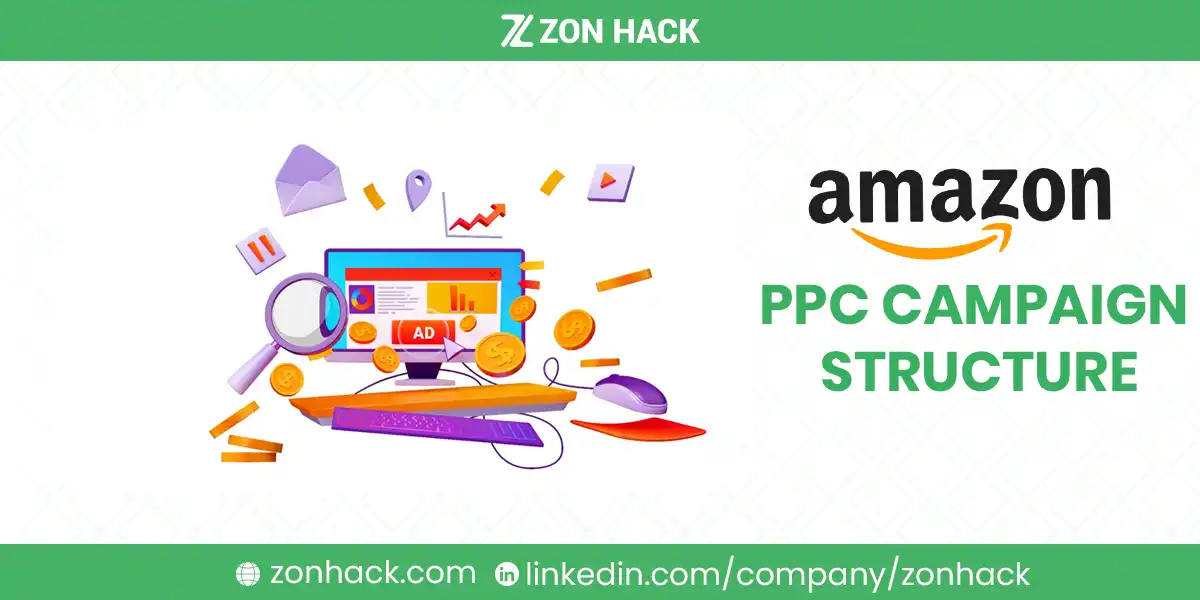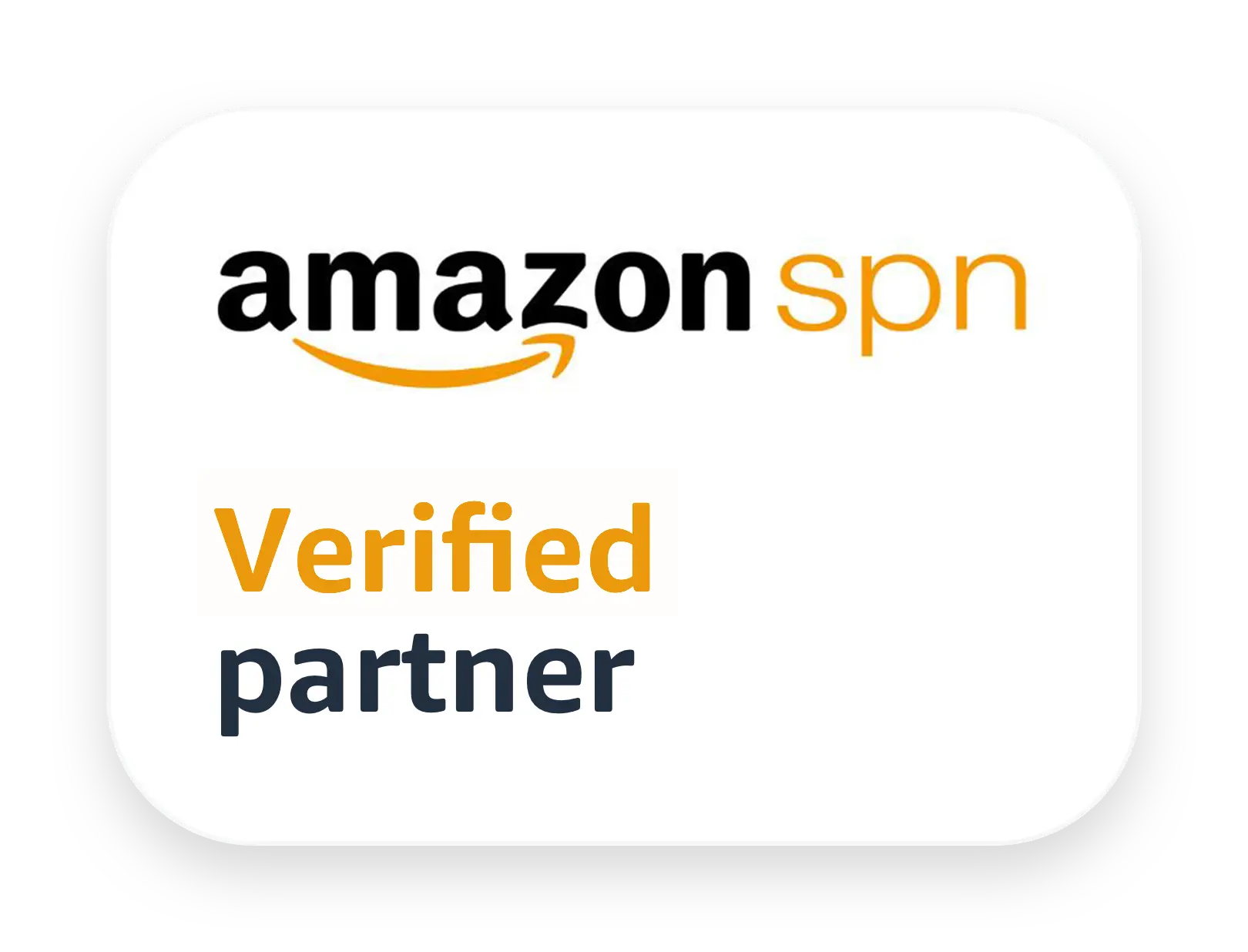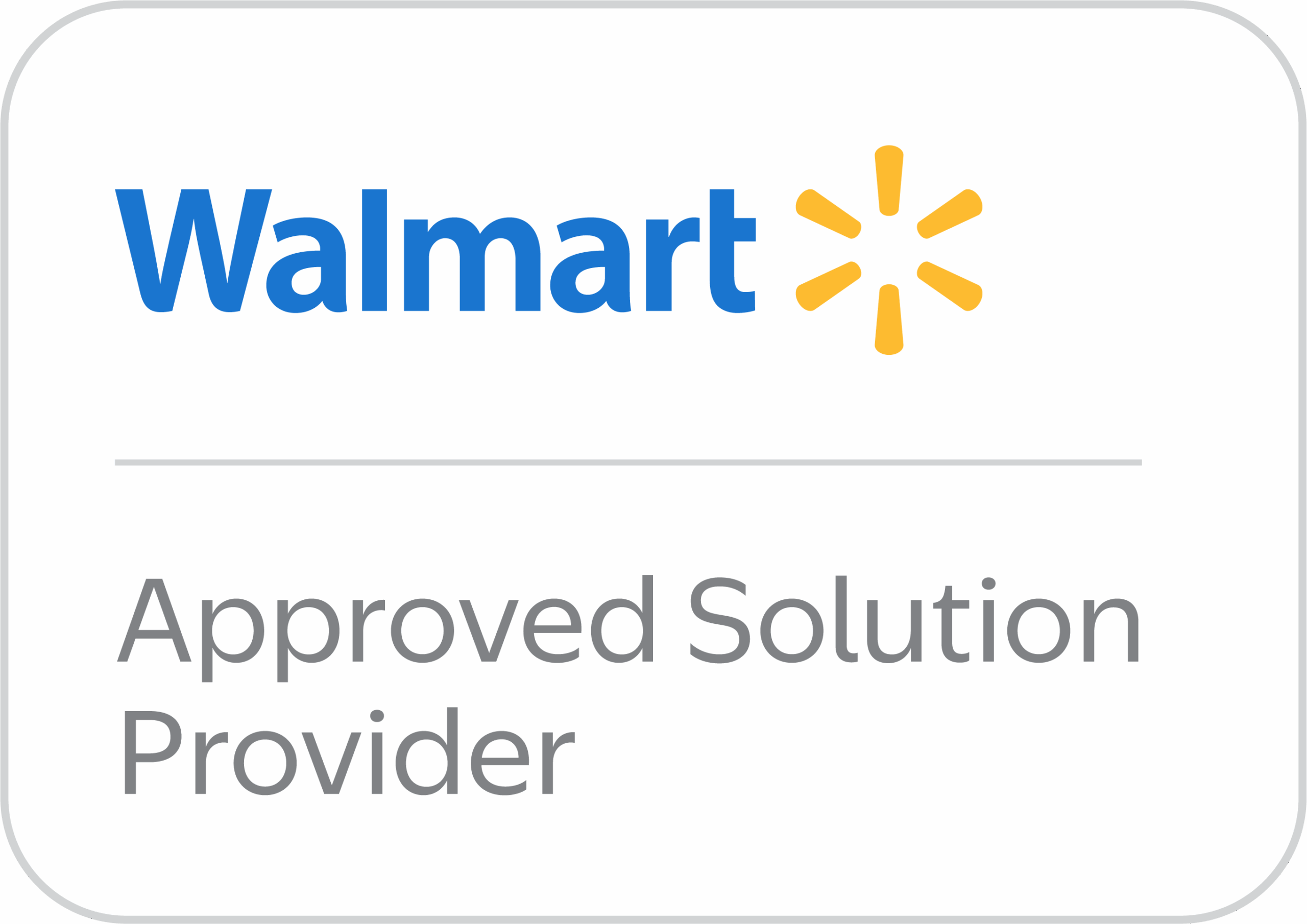Amazon PPC campaigns are highly effective due to their high conversion rates, often outperforming other platforms like Google, Facebook, and Instagram. With Amazon’s ecosystem naturally inclined towards shopping intent, your ads are shown to customers already looking to buy. This not only increases your sales but also boosts your chances of garnering positive reviews, which further enhances your product ranking.
But simply running ads isn’t enough. A poorly structured PPC campaign can drain your budget without delivering tangible results. Campaign structure is the backbone of your advertising success—it determines how effectively you manage your budget, target keywords, and optimize performance. By organizing your campaigns well, you ensure that every dollar you spend is maximized.
The Building Blocks of an Amazon PPC Campaign
To master Amazon PPC, it’s essential to understand the core components of a campaign. Each element plays a specific role in creating a cohesive and successful strategy.
What Are Campaigns?
At the topmost level of Amazon PPC lies the campaign, the umbrella under which all your ad groups and targeting strategies reside. Campaigns are typically structured around specific goals, such as launching a new product, increasing visibility, or promoting seasonal sales.
Campaign Types
Amazon offers multiple ad formats, each tailored to achieve specific objectives:
- Sponsored Products: These ads appear in search results and on product detail pages, aiming to increase visibility and drive sales. They’re ideal for sellers focusing on individual product promotion.
- Sponsored Brands: With prominent placement at the top of search results, these ads showcase your brand logo, a custom headline, and a selection of products. They’re particularly effective for increasing brand awareness and promoting a range of products.
- Sponsored Display Ads: Designed to reach audiences both on and off Amazon, these ads appear on product detail pages, customer review pages, and external sites. They allow for precise audience targeting based on shopping behavior and interests.
- Amazon DSP (Demand Side Platform): For advanced advertisers, DSP offers video, audio, and display ad placements. It’s a powerful tool for expanding brand awareness across platforms like IMDb and Kindle.
- Video Ads: Short, engaging videos appearing within search results are perfect for demonstrating product features or conveying brand messaging in a dynamic format.
Automatic vs. Manual Campaigns
When creating a campaign, sellers can choose between automatic and manual targeting:
- Automatic Campaigns: Amazon takes the reins, using its algorithm to target ads based on your product listing details. These campaigns are great for beginners or gathering initial data but lack precise control.
- Manual Campaigns: In contrast, manual campaigns allow you to define keywords, bids, and targeting. While they require more effort, they offer granular control—a must for seasoned sellers aiming for efficiency.
Keywords, Match Types, and Negative Keywords
Keywords are the lifeblood of Amazon PPC, acting as the bridge between your ads and potential customers. However, success lies in choosing the right keywords and match types:
- Broad Match: Casts a wide net, showing your ads for searches that include variations of your keywords. While it boosts reach, it risks attracting irrelevant traffic.
- Phrase Match: Provides a middle ground, targeting queries that include your exact keyword phrase, ensuring relevance without being overly restrictive.
- Exact Match: Focuses on precision, targeting only searches identical to your keyword. While this ensures high relevance, it can limit your reach.
- Negative Keywords: These are the unsung heroes of a well-optimized campaign. By excluding irrelevant or low-performing searches, negative keywords help save budget and refine targeting.
Crafting the Perfect Campaign Structure
One of the most debated aspects of Amazon PPC is the ideal campaign structure. The right setup depends on your goals, catalog size, and experience level.
Multi-Product Ad Groups
For sellers managing large catalogs, multi-product ad groups can simplify management by grouping similar products under one umbrella. This approach aggregates data, offering insights across a broad spectrum. However, it may lack precision when analyzing individual product performance.
Single Product Ad Groups
This structure offers more control, with each product assigned to a specific ad group. It’s ideal for sellers with moderate catalogs who want to optimize performance on a product-by-product basis.
Single Product Campaigns
At the most granular level, single product campaigns dedicate one campaign, one ad group, and one product. This method provides unparalleled control and data segmentation, making it a favorite among seasoned sellers.
Single Keyword Campaigns
Reserved for advanced advertisers, this structure targets individual high-performing keywords with dedicated campaigns. While it demands effort, it ensures maximum focus on critical keywords, driving exceptional results.
Campaign Structures: Choosing the Right Model
Selecting the most appropriate campaign structure is essential to achieving your advertising goals. A well-defined structure ensures scalability, simplifies performance analysis, and maximizes budget efficiency. For instance, sellers launching a flagship product might benefit from single product campaigns to maximize focus, while those promoting multiple similar products might opt for multi-product ad groups to streamline management.
How to Set Up Your Amazon PPC Campaign
Creating an Amazon PPC campaign involves several deliberate steps. Each stage impacts how effectively your ads perform and how efficiently you utilize your advertising budget. Here’s a detailed walkthrough of the setup process:
Step 1: Accessing the Campaign Manager
To begin, log in to your Amazon Seller Central account and navigate to the Campaign Manager under the “Advertising” tab. This dashboard serves as the control center for creating, monitoring, and optimizing your PPC campaigns.
Step 2: Defining Your Campaign Goals
Before launching a campaign, identify your objectives. Are you trying to boost sales for a new product, clear inventory, or improve brand visibility? Aligning your campaign’s structure with your goals is critical to success.
Step 3: Choosing Your Ad Type
Select the most suitable ad type based on your goals. For example:
- Sponsored Products are perfect for increasing individual product sales.
- Sponsored Brands work well for promoting a portfolio of products.
- Sponsored Display Ads excel at retargeting customers who have viewed your products.
Step 4: Setting Budgets and Bids
Establishing a daily budget ensures you control ad spend without overspending. Start with a moderate budget to gather data, and adjust as you analyze performance. For bids, consider your keywords’ competitiveness and set bid amounts accordingly to ensure your ads remain competitive in auctions.
Step 5: Keyword Selection and Match Types
Leverage tools like Amazon’s Keyword Planner or third-party software to identify high-performing keywords. Mix broad, phrase, and exact match types for a balanced targeting approach. Don’t forget to add negative keywords to avoid wasting ad spend on irrelevant searches.
Step 6: Launching and Monitoring
Once your campaign is set up, launch it and closely monitor its performance through the Campaign Manager dashboard. Metrics like ACoS (Advertising Cost of Sale), CTR (Click-Through Rate), and impressions provide valuable insights into how well your ads are performing.
Optimization Strategies for Amazon PPC
Launching a campaign is only the beginning. To maximize results, you must continuously optimize your campaigns based on performance data.
Adjusting Bids
Analyze keyword-level data to identify underperforming and high-performing keywords. For high-converting keywords, increase bids to boost visibility, while reducing bids for keywords with low ROI.
Incorporating Negative Keywords
Regularly review search term reports to identify irrelevant queries that are costing you clicks but not leading to conversions. Adding these terms as negative keywords can significantly improve your campaign’s efficiency.
Split Testing Ad Variations
Experiment with different ad copies, headlines, and images for Sponsored Brands or Display Ads. A/B testing helps you determine which variation resonates best with your target audience.
Optimizing Product Listings
Your PPC ads are only as good as your product listings. Ensure that your titles, descriptions, and images are optimized with relevant keywords and highlight your product’s value proposition.
Advanced Amazon PPC Strategies
Once you’ve mastered the basics, it’s time to explore advanced strategies to further enhance your campaign performance.
Using Amazon DSP
Amazon’s Demand-Side Platform enables sellers to reach audiences beyond Amazon’s ecosystem. By leveraging DSP, you can display ads on third-party sites and apps, effectively increasing your brand’s visibility and reach.
Retargeting Audiences
Amazon’s Sponsored Display Ads allow you to retarget customers who have previously viewed your products. Retargeting is especially effective for nudging potential buyers who are still in the decision-making process.
Implementing Portfolio Management
For sellers running multiple campaigns, portfolios offer a way to organize campaigns by category, product line, or goal. This structure simplifies budgeting and performance tracking across large advertising accounts.
Automating Campaign Management
Tools like Helium 10, Jungle Scout, or Sellics can help automate tasks such as bid adjustments, keyword research, and reporting, freeing up time for more strategic decision-making.
Common Challenges and How to Overcome Them
Running Amazon PPC campaigns isn’t without its challenges. Sellers often encounter issues like rising CPCs (Cost Per Click), poor conversion rates, or difficulty scaling campaigns.
Rising CPCs
Competition for high-performing keywords often drives up CPCs. To mitigate this, focus on long-tail keywords and niche targeting to reduce costs while maintaining relevance.
Poor Conversion Rates
Low conversion rates may indicate issues with product listings or targeting. Review your product pages to ensure they are optimized and assess whether your ads are reaching the right audience.
Scaling Campaigns
Scaling a campaign without sacrificing profitability requires a delicate balance. Gradually increase your budget for high-performing campaigns and regularly monitor ACoS to ensure efficiency.
FAQs
How much should I budget for Amazon PPC?
Your budget depends on your advertising goals and competition. Beginners should start small—around $10-$50 daily—and adjust based on performance.
How do I measure success in Amazon PPC?
Key metrics include ACoS, CTR, and conversion rates. ACoS below 30% is considered good for most sellers, though this varies by product category.
Is Amazon DSP suitable for small sellers?
Amazon DSP is typically more cost-effective for larger sellers with a significant advertising budget. Small sellers might find Sponsored Display Ads more accessible.
Summing Up
Amazon PPC is a powerful tool for driving sales, improving visibility, and gaining a competitive edge in the marketplace. A well-structured campaign, combined with ongoing optimization and advanced strategies, can deliver exceptional results. Whether you’re a beginner exploring automatic campaigns or a seasoned advertiser utilizing DSP, the key to success lies in continuous learning and adapting to market trends.
By implementing the strategies outlined in this guide, you’re well-equipped to navigate the complexities of Amazon PPC and achieve your advertising goals. Remember: Advertising is an investment, not an expense. The effort you put into perfecting your campaigns will pay off in sales, brand growth, and customer loyalty.




